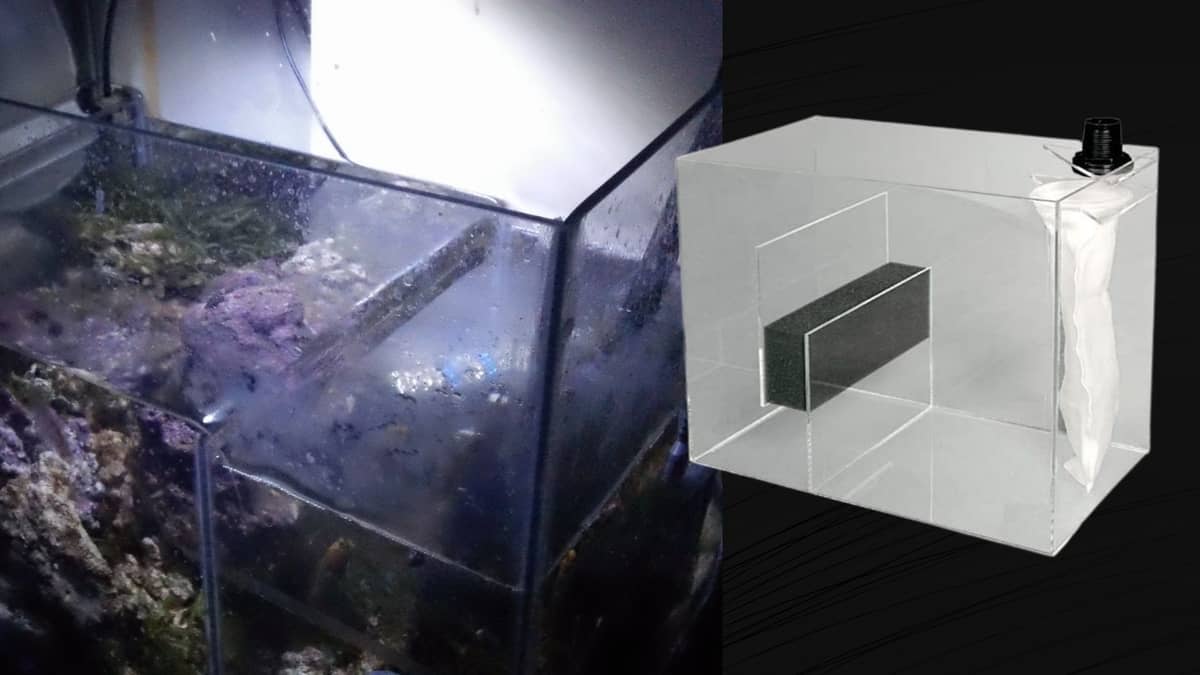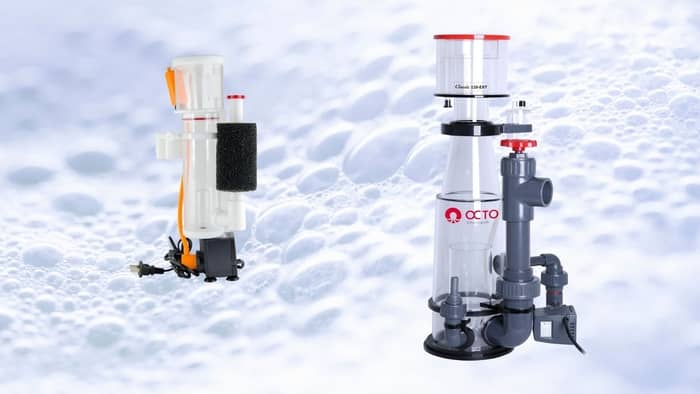Last Updated on November 10, 2021 by admins
Aquarium sumps can be used by all aquariums, but they are most popular with saltwater ones. In addition, they are considered the best available filters.
At first unknown, in the last few years, these aquarium “widgets” have experienced a real boom with marine hobby lovers. However, like all other novelties, sumps have sparked a number of debates.
What is it, how it works and is it really needed as an addition to the aquarium? – These are just some of the questions that plague aquarists.
So, keep reading to find out something new about your (possible) new ally – Saltwater Aquarium Sump.
What Is A Sump?
A “sump tank” or “sump” is a container of water placed below your aquarium whose purpose is to house filtering equipment. It’s an additional storage space for everything from filters, heaters, protein skimmers to other equipment. There are many benefits of having a sump tank with the main one because it gives you more control over your system.
What Are The Benefits Of Using Sump For A Saltwater Aquarium?
Increased Water Volume
Access to larger water supplies means an easier balance over the conditions in your saltwater tank. For example, when you have a 30-gallon tank and a 20-gallon sump, you actually have 50 gallons to work with. This means an increase in water volume by 40%.
Hides Equipment
Is there anything worse than excess cables, pipes, and gadgets hanging from every wall in the tank? An additional saltwater sump will give your tank a better visual appearance and the functionality.
Larger Equipment
Some filtration systems are so large that they are sometimes difficult to place in/on the aquarium. When you are limited by the size of the equipment, then you are mostly limited by the choice of products as well. Therefore, if you add a sump to your saltwater aquarium tank, then you will have less equipment size restrictions.
Stabilized PH Levels
Aquarium owners know that with the light off, photosynthesis stops. This means that the level of CO2 increases which creates a more acidic atmosphere in your aquarium. Such an environment is simply neither safe nor healthy, right?
So, to maintain a balanced pH level in your tank, you can install devices such as a set of algae compartments with live rock inside the saltwater sump.
Learn more about: How To Reduce pH In An Aquarium
Food Sources
The sump is also a great breeding ground. It enables the cultivation of smaller species and their integration into the food chain. In addition, the sump is a good source of food for inverts, corals, and fish.
Are There Any Negative Aspects To The Presence Of A Sump For A Saltwater Aquarium?
As with everything else, there are always pros and cons. These are some of the negative aspects of the saltwater sump:
- the larger amount of microbubbles in the display tank,
- more equipment sometimes increases the temperature of the aquarium water,
- requires a lot of space,
- constancy in electricity supply (danger of overflow in case of power failure).
How Do Saltwater Sumps Work?
Sump systems drain water from the main display tank into the sump tank. Hence, the water circulates around the tank until it actually overflows down the drain pipe. After that, it returns back to the sump.
Also, did you know that some saltwater reef tanks come with pre-installed sumps? This is because sumps are accepted as the best way to filter a reef.
Aquarium Sump Parts
For a better understanding of how it works, these are integral parts of saltwater aquarium sumps.
Drain Section
The drainage part is the first part through which water enters the trough from the main aquarium. In this part, one can find a single or multiple drain pipes, depending on the overflow sections. It’s also used to prevent water splashing or salt buildup formation.
Mechanical Filter Section
The role of a mechanical filter is to trap and remove particles of matter before they break down and decay.
Skimmer Section
This section follows the previous mechanical filter. After larger particles of the substance have been removed, the protein skimmer begins to remove dissolved organic compounds from the water. When it comes to placement, the Protein Skimmer must be placed at a certain water level. Therefore, some sumps come with an adjustable wall on the Bubble Trap or aquarists make modifications to their protein skimmer.
You May Also Like: Protein Skimmers For Saltwater Aquariums
Bubble Trap
The water that flows into the sump and then goes through the protein skimmer becomes full of tiny microscopic bubbles. They’re very common in saltwater aquariums, however, their presence isn’t welcome as it disturbs fish and corals. This trap works on the principle of 3 baffles that catch the bubbles and release them from the water. As the water travels up and over the first, second, and then third baffle, the microbubbles almost completely disappear.
Return Section
This section is one of the most important parts of the saltwater aquarium sumps. It sends water back to the main aquarium allowing more water to pass through the sump and filters. Return pumps are most often submersible or external-type pumps. That is, pumps either sit within or draw water from the section.
What Size Sump For Saltwater Aquarium Do I Need?
Recommendations for system volume will usually be determined by the manufacturer. However, these are the basic guidelines:
- choose the largest tank that your budget and space allows,
- let the sump be at least 1/4 of the size of the main display tank,
- the sump must be large enough to house all its own water, as well as 5cm water level reduction from the main tank.
In Conclusion
Whether you have a sump or not is a matter of your personal choice. However, when you add up all the positive effects and benefits that one can provide to your system, then why not? Finally, as we know, more control = the health of your tank.
Do you approve/support the use of a saltwater aquarium sump? We look forward to hearing from you below!

